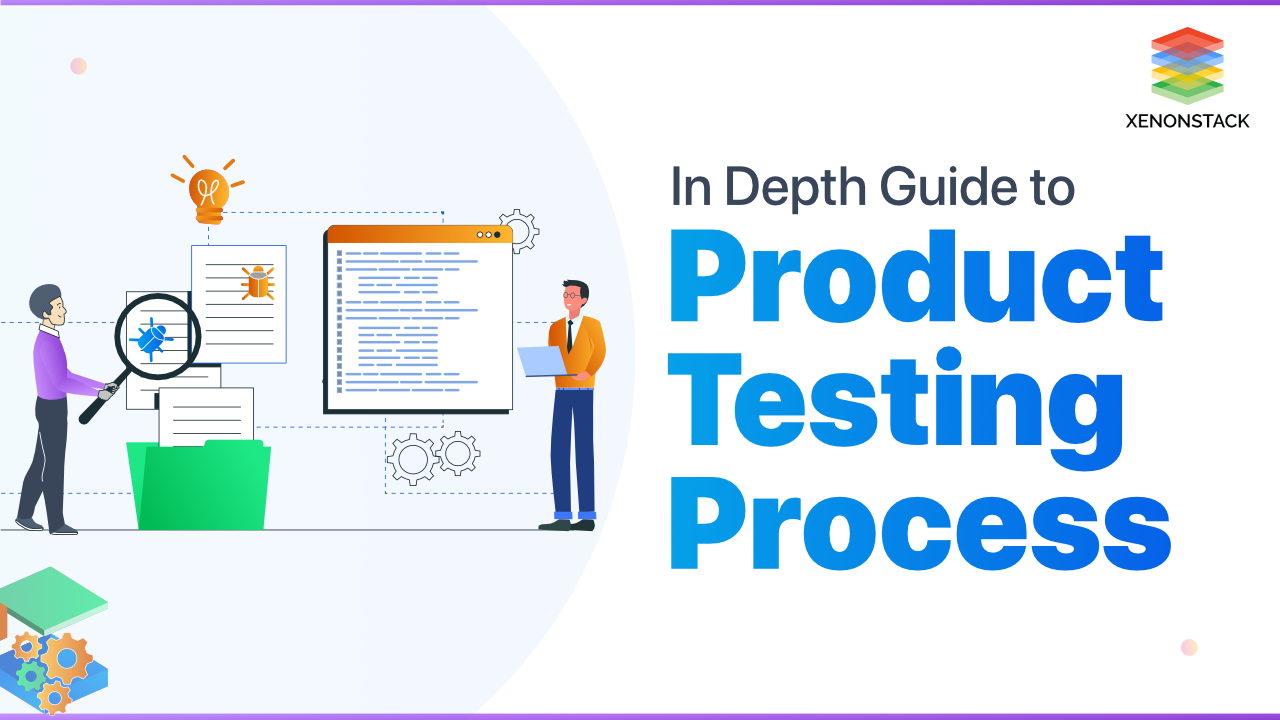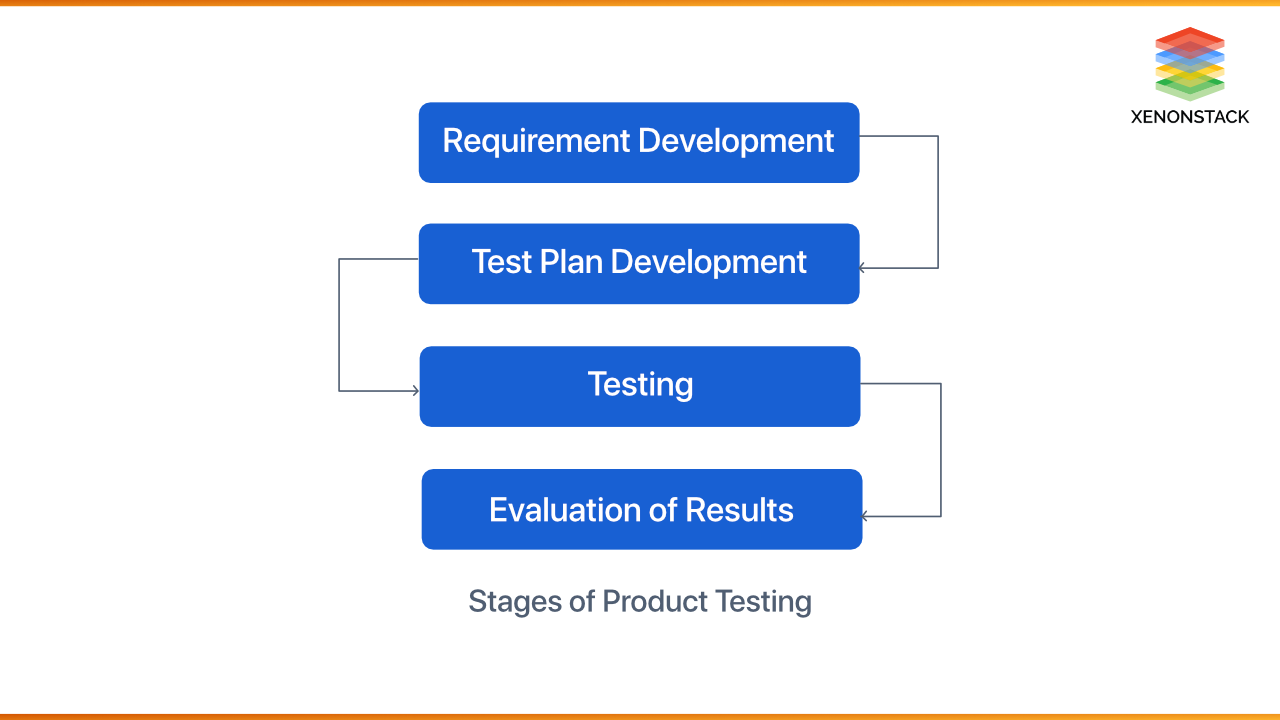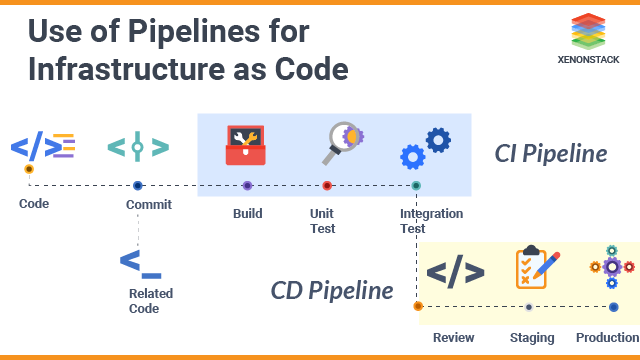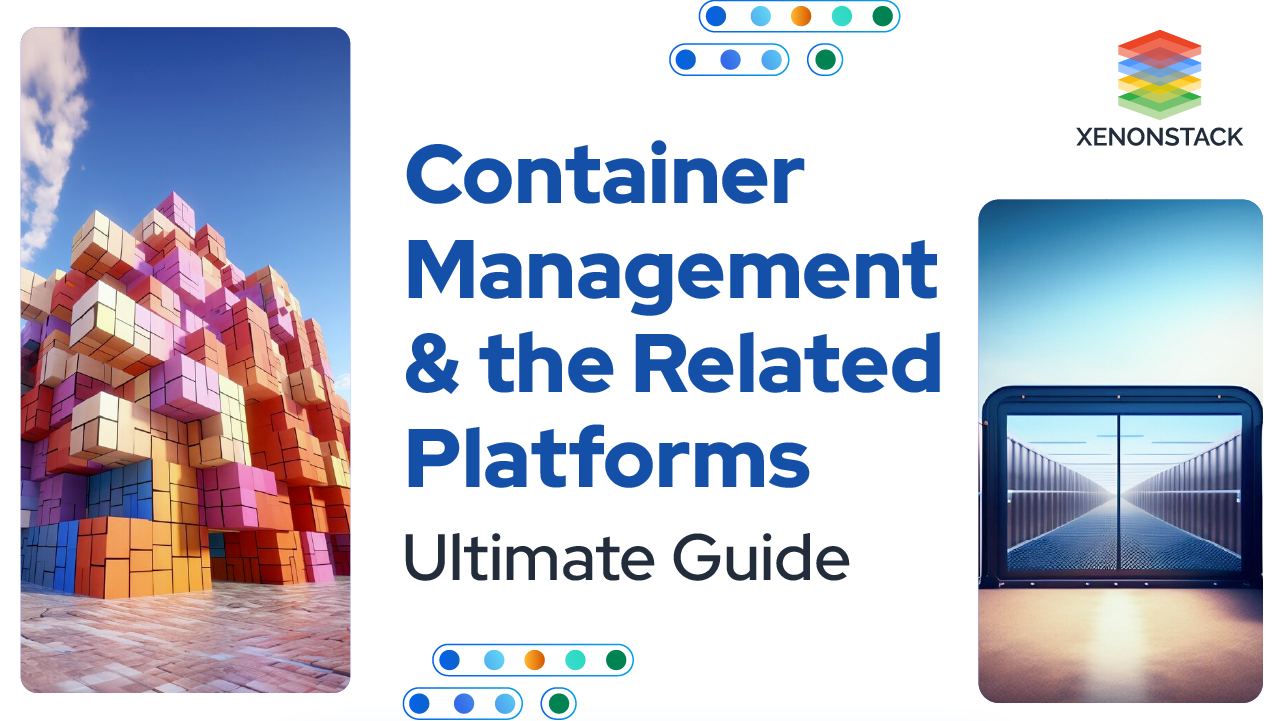
Introduction to Product Testing
Product Testing is the execution of tests to evaluate a product's performance or qualities. It can, for example, ensure that a product functions properly and is safe for people to use. Depending on the conditions, manufacturers may test their products by an outside laboratory or an organization Team. Often, a formal standard exists for carrying out a specific type of test. If not, engineers may devise techniques to fulfil the testing requirements.
A company can perform product testing at any product creation step, including the idea, development, and manufacturing phases. Before launching a new product to the market, corporations should do at least one testing cycle, if not more. Another type of product testing is asking people to try a product and get feedback. However, this article will concentrate on the first sort of product testing—the kind that assesses a product's performance or qualities.
A non-functional type of testing that measures the performance of an application or software under a certain workload based on various factors. Click to explore about, Performance Testing Best Practices
What are the types of Product Testing?
-
Environment testing in product development
-
Regression testing in product development
-
Automated testing in product development
Environment Testing in Product Development
After your development team has created the test cases, run them in the most common setting to check if any problems appear. To complete testing, you should test in every setting where your product will be utilised. It is important to note that "environments" include any characteristic that might affect the efficacy of your product and that the definition will vary based on the sort of product you are creating:
-
Different browsers or operating systems may be present in software environments.
-
Different combinations of hardware may exist in a given environment.
-
The location or severity of patient symptoms may be included in life-sciences settings.
-
Cleantech environments might contain any of the aforementioned, depending on the product.
Regression Testing in Product Development
It is critical to test existing and new features while introducing new ones. Although current features have not been modified overtly, new features may unintentionally influence previous features. By leveraging test cases of earlier releases, testers may confirm that the entire product works as planned.
Automated Testing in Product Development
Automated testing is The next phase in your product's maturation and growth. This form of testing can be said to be an extension in the execution of regression tests each time a developer produces new functionality, and a new release happens to guarantee that the previous functionality is not broken. Automated testing saves time, but it demands attention to keep it up to date with each new test case.
A type of testing in which individual units or functions of software testing. Its primary purpose is to test each unit or function. Click to explore about, Unit Testing Techniques and Best Practices
Why Product Testing is necessary?

Decreased Product Development Time
Decreased Product Development TimeTesting, a product throughout its development cycle, can minimise time to market by catching flaws early on. This saves the firm from returning to an initial phase to find a design or manufacturing process mistake. The findings of product tests can also be used to inform work on the product in subsequent stages of development.
Improved Customer Confidence
Customers will have higher trust in a product that has been tested, primarily if a third party conducts the testing. Customers may rely on testing to ensure a product correctly executes its intended purpose. It also assures investors, third-party partners, standards bodies, and other entities of a product's capabilities.
Enhanced Quality and Reliability
Product testing can assist businesses in improving the quality and dependability of their products. Testing numerous concepts and designs enables a corporation to select the best-performing one, while other sorts of testing aid in identifying and correcting problems to increase reliability. This, in turn, results in a better product and more delighted consumers.
Reduced Costs
Firms use testing to fine-tune their designs and production processes to cut production costs. Detecting problems early in the product development cycle lowers the cost of correcting such issues. Testing a product for quality before releasing it to the market might save the firm money on warranty payments and possibly legal fees. It may also contribute to a reduction in the demand for after-sales support.
Increased Profitability
Finally, product testing may increase a company's profitability by lowering expenses and increasing revenues. It may also boost sales by growing interest in a product by presenting testing findings in marketing materials. Improving quality and dependability results in a better product and increased sales.
Test Driven Development is a key practice for extreme programming; it suggests that the code is developed or changed exclusively by the unit testing. Click to explore about, Test Driven Development
What are the various stages of Product Testing?
The various stages of Product Testing are described below:
Requirement Development
First, you must decide which items to test and the parts of the product to analyse. Your objectives determine the characteristics you must consider when testing the product. You must also select the criteria against which you will compare the results of your test, which will assist you in determining if the product fulfils its intended purpose and does so satisfactorily.
These requirements may be part of a governmental mandate, an industry standard, or a contract. In some cases, the producer or testing facility must establish them themselves. The data you acquired in this stage will inform the next step.
Test Plan Development
Following that, you must write a test plan, a document defining the testing technique you will employ. This plan will cover the scope of the tests, the methodology you will use, the equipment and other resources required, and the testing timetable. It's ideal to be as specific as possible when designing your test plan.
Adhere to exact protocols and standards to ensure the reliability of your test. If you're conducting a test to ensure compliance with a standard, regulatory requirement, or contractual need, that document may help build your test strategy.
Testing
The testing environment will then be set up by the product testing parameters outlined in your plan. Once the testing environment is set up and all of the essential equipment is in place, you will begin running the tests according to your predetermined plan.
Adhering strictly to the test strategy throughout the actual testing is critical. You will also need to monitor the exam as required and document the findings appropriately to verify that the test is completed correctly and the results are reported correctly.
Evaluation of Results
Following the exam, you will evaluate the results and report them. You can investigate any product failures or performance concerns to find the root reason and how to resolve those causes in future design iterations to enhance product performance or prevent product failures. If there were flaws with the test, you must examine those issues, modify your test strategy, and redo the evaluation.
A program or application to check whether the actual results match the expected results and to assure that the software system is Bug- free. Click to explore about, Functional Testing Benefits
What are the uses for Product Testing?
-
Screening Concepts and Designs
-
Checking Compliance With Requirements
-
Establishing Baseline Data for Other Functions
-
Validating Suitability for the Intended Use
-
Ensuring Safety
-
Enabling Technical Communication
-
Forecasting Life Expectancy
-
Providing Evidence for Legal Proceedings
-
Solving Product Problems
-
Improving Products and Production Processes
What are the various methods of Product testing?
The product development testing process verifies that the product works as planned. This testing phase begins when the product objective has been achieved and deployed. Depending on the development process employed, testing will take place at various points during the project:
-
Waterfall methodology: Testing occurs after all product development for the product release.
-
Agile methodology: Testing begins when an operational requirement (regardless of size) is created.
Testing groups will use several approaches during the testing process to guarantee that the product works as planned. Your testing techniques may differ based on the product you develop, but the basics stay pretty similar.
Software as a Service allows users to connect and use Cloud-Based apps over the Internet. Click to explore about, Software as a Service Testing Tools
Product testing is beneficial for businesses in a wide range of industries. It may help you achieve various goals, including refining a product, detecting and addressing design flaws in new goods, and ensuring compliance. Companies can test items from the top down, beginning with the entire product or system, or from the bottom up, starting with individual components.
A top-down method may be advantageous since individual component testing is unnecessary if the ultimate output functions effectively. A bottoms-up technique may determine the exact cause of failures or performance difficulties.
- Discover more about Test-Driven Database Development.
- Read more about Continuous Integration and Continuous Delivery for Database.
Next Steps with Product Testing
Talk to our experts about implementing compound AI system, How Industries and different departments use Agentic Workflows and Decision Intelligence to Become Decision Centric. Utilizes AI to automate and optimize IT support and operations, improving efficiency and responsiveness.


